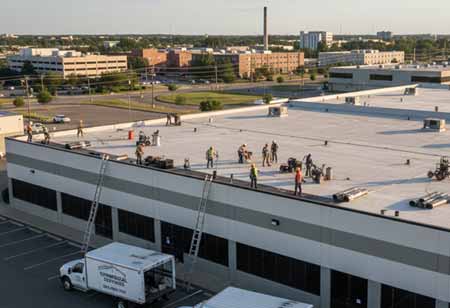Thank you for Subscribing to Construction Business Review Weekly Brief
Specials
- Apartment and Condominium Contractors Canada
- Decking Canada
- Architectural Glass Europe
- MEP APAC
- Construction Saudi Arabia
- German Apartment and Condominium Contractors
- Construction Law APAC
- Outdoor Construction
- Foundation Construction Canada
- MEP Canada
- Kitchen and Bath
- Cold Storage Construction APAC
- Precast Concrete Europe
- Construction Staffing Europe
- Pre-Construction Services
- Flooring System APAC
- Scaffolding Canada
- Swimming Pool Construction Canada
- Construction Management Canada
- Cold Storage Construction Canada
- Flooring Systems Europe
- Residential Construction
- Concrete Canada
- Construction Cladding Europe
- Construction Cladding APAC
- Concretes, Aggregates and Construction Materials APAC
- Concretes, Aggregates and Construction Materials Europe
- Commercial Contractors Europe
- Commercial Contractors APAC
- Dummy
- Construction Insulation, Coating and Waterproofing
- Construction Management APAC
- Landscaping Canada
- Construction Coating Europe
- Construction Tech Startups Europe
- Insulation Services Europe
- Mechanical Contractor Canada
- Mould Remediation and Testing Europe
- Swimming Pool Construction APAC
- Building Sealing Solutions Europe
- Construction Engineering Services
- Mechanical Electrical and Plumbing
- Roofing Systems Europe
- Architectural Glass APAC
- Startups APAC
- Construction Forensic and Owners Representative
- Flooring System
- Waterproofing APAC
- Wall Systems
- Safety and Compliance Europe
- Construction Bidding and Auctions
- Modular and Prefab Construction
- Architectural Glass
- Construction MENA
- Construction Demolition and Recycling Europe
- Modular Construction Europe
- Construction Interiors
- Steel Building APAC
- HVAC
- Doors and windows
- Construction Latam
- Building Information Modeling APAC
- Sustainable Construction APAC
- Building Restoration and Maintenance
- Commercial Contractors
- Specialty Construction
- Construction Engineering Canada
- Construction Engineering MENA
- Modular Construction Canada
- Modular Construction APAC
- Roofing and Siding Systems
- Workforce Management and Staffing
- Roofing Systems APAC
- Construction Consulting
- Steel Building Europe
- Construction Demolition and Recycling APAC
- Safety and Compliance APAC
- Concretes, Aggregates and Construction Materials
- Construction Cladding
Inclusive Design: A Key to Climate Resilience?
Inclusive design is crucial for addressing climate change threats by promoting resilience and accessibility in spaces and places.

By
Construction Business Review | Thursday, December 07, 2023
Stay ahead of the industry with exclusive feature stories on the top companies, expert insights and the latest news delivered straight to your inbox. Subscribe today.
Location awareness is crucial to safety and relocation decisions. The built environment gives you information about the space so you can interpret, organize, and evaluate it.
Fremont, CA: Inclusive design is crucial for addressing climate change threats by promoting resilience and accessibility in spaces and places. This approach addresses needs related to gender identity, socioeconomic status, race, ability, age, neurodiversity, and culture. Designers are reimagining the future of spaces to promote resilience and also make preparedness more accessible in the face of natural disasters and other climate change events.
Inclusive Design Strategies
Inclusive design strategies can boost resilience and help you prepare for climate change:
1• Design For Access
The Body Fit design strategy makes it so everyone can access, exit, and use spaces independently, no matter their size or ability. During disasters, it allows quick and independent access so that you can move to the best place. Power-free travel is made easy with entrances, exits, and vertical transitions, making it easy to transport supplies and emergency services.
2• Design For Passive Survival
Designing spaces ensures comfort and wellness during stress and shock by controlling light, air temperature, and sound with form instead of powered systems.
More in News





